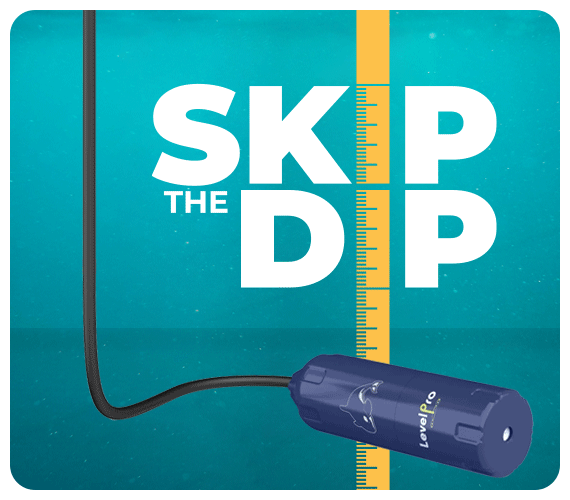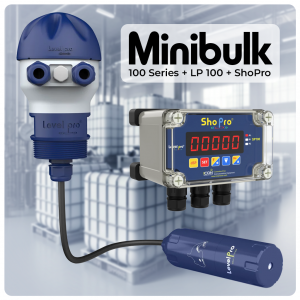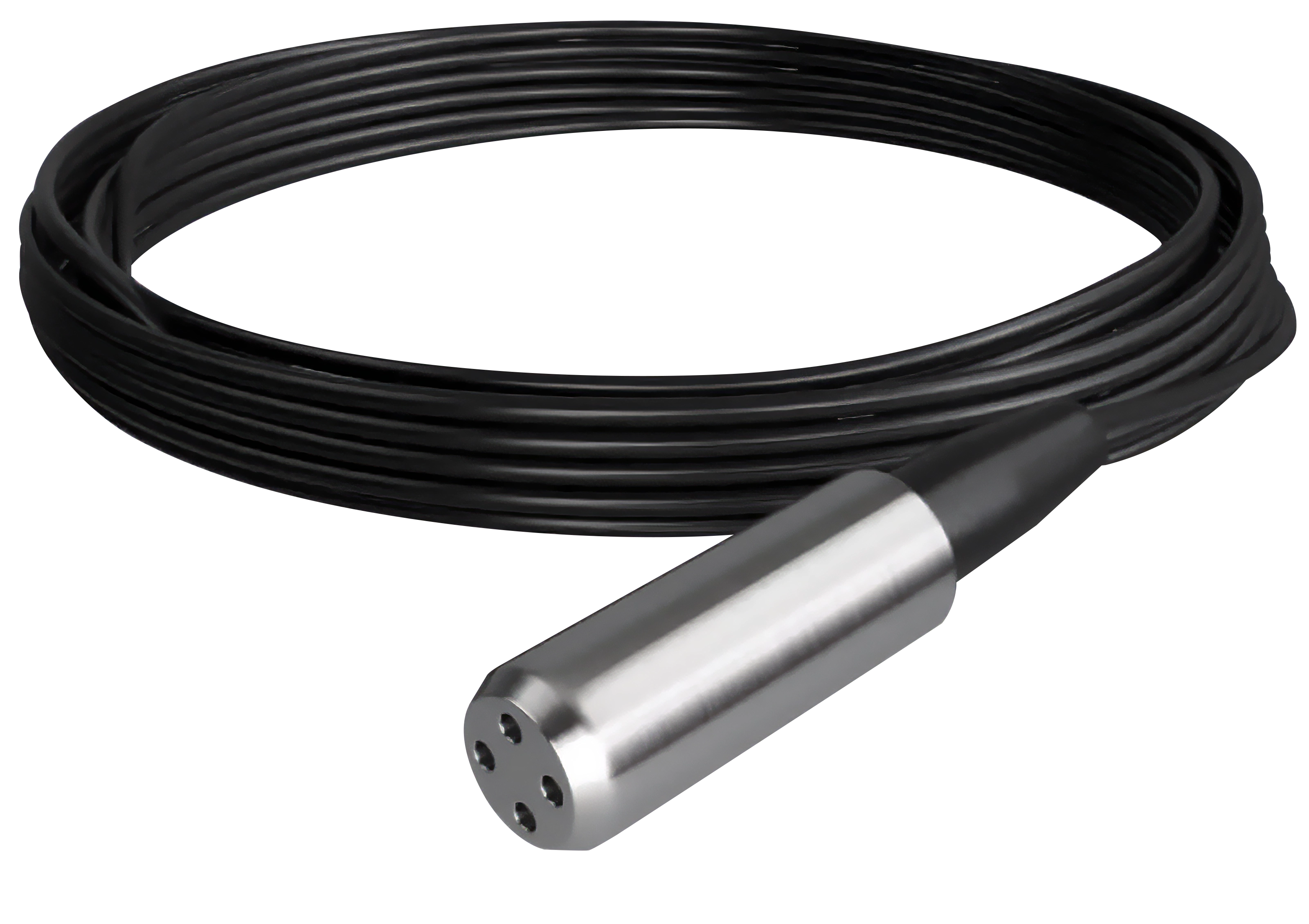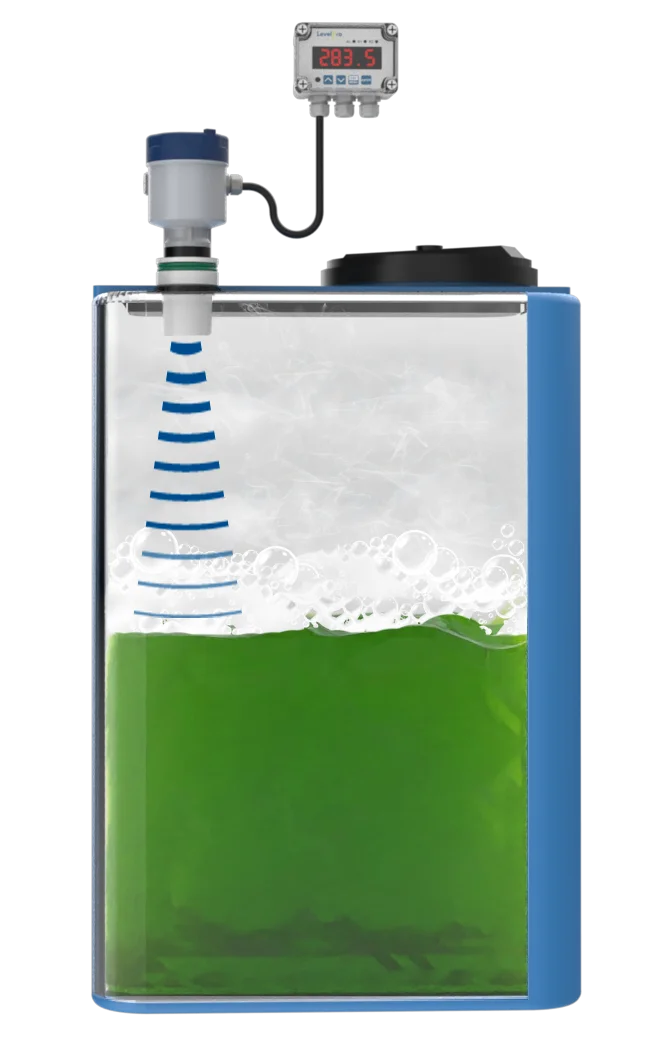How Does A Submersible Sensor Work?

A submersible level sensor is a device that is used to measure the level of liquid in a tank or other container. It works by measuring the liquid head pressure, which is the pressure exerted by the weight of the liquid on the sensor. The head pressure of the liquid exerts a force on the diaphragm of the sensor. In plastic submersible sensors, the diaphragm material is made from ceramic material.
The sensor is typically placed at the bottom of the tank and is designed to be submerged in the liquid.
Different liquids or liquids with different percentages have exert a force which is known as specific gravity. The S.G of water is equal to 1.0. Each submersible level sensor has a range that is referenced against that of water. Water or H2O exerts a force of 2.31 Psi for every one (1) foot of liquid water column. So a submersible level sensor that has a range of 10 Psi would be able to meausure 23.1 feet of water.
If the chemical or media being measured has a specific gravity of 2 than the new range of the sensor would be half. 23.1/2 = 11.55 ft.
Similarily, if the liquid media was lighter than that of water the range would be increased. S.G = 0.5 – then 23.1/0.5 = the new range of 46.2 ft
There are several different types of sensing diaphragm technologies used in submersible level sensors. One popular technology is capacitance, which uses an electrode to measure changes in the electrical capacitance of the diaphragm caused by changes in the liquid level.
Submersible level sensors typically have a 4-20mA signal output, which is a standard industrial output signal. They are easy to use, requiring no programming, and have high accuracy.
In addition to the sensing diaphragm technology, it is important to use chemical resistant o-ring seals to ensure that the sensor is protected from chemicals.
Integral weights for plastic sensors is also important because it helps to keep the sensor properly positioned in the liquid, at the bottom of the tank.
Materials of construction for submersible level sensors include PVC, CPVC, PP, PVDF, PTFE Teflon, and 316SS.
PVC and CPVC are commonly used in water and mild chemical applications.
PP is used in applications with higher temperatures and higher chemical resistance.
PVDF is used in chemical applications where high strength and chemical resistance are required.
PTFE Teflon is used in extreme chemical applications.
316SS is used in applications where corrosion resistance is necessary in such applications are sodium hydroxide or potassium hydroxide. Both chemicals attack the ceramic-sensing diaphragm.
In summary, A submersible level sensor is a device that is used to measure the level of liquid in a tank or other container by measuring the head pressure of the liquid while sitting at the bottom of the tank. They are easy to use, requiring no programming and have high accuracy. It is important to use chemical resistant o-ring seals and integral weight for plastic sensors. Materials of construction for submersible level sensors include PVC, CPVC, PP, PVDF, PTFE Teflon, and 316SS, which are suitable for different applications.
Learn more about level sensors
Please contact us to discuss your application


